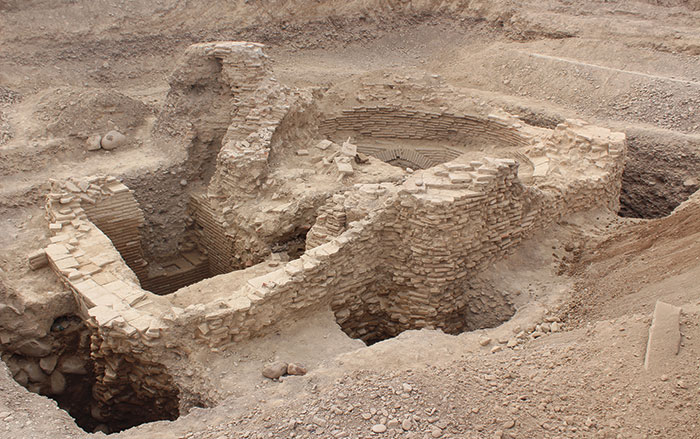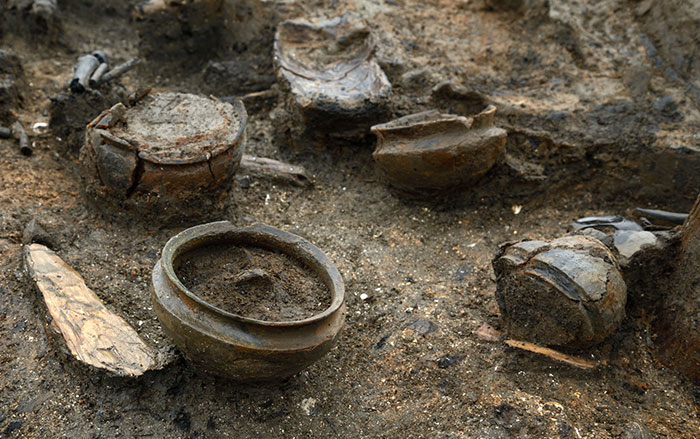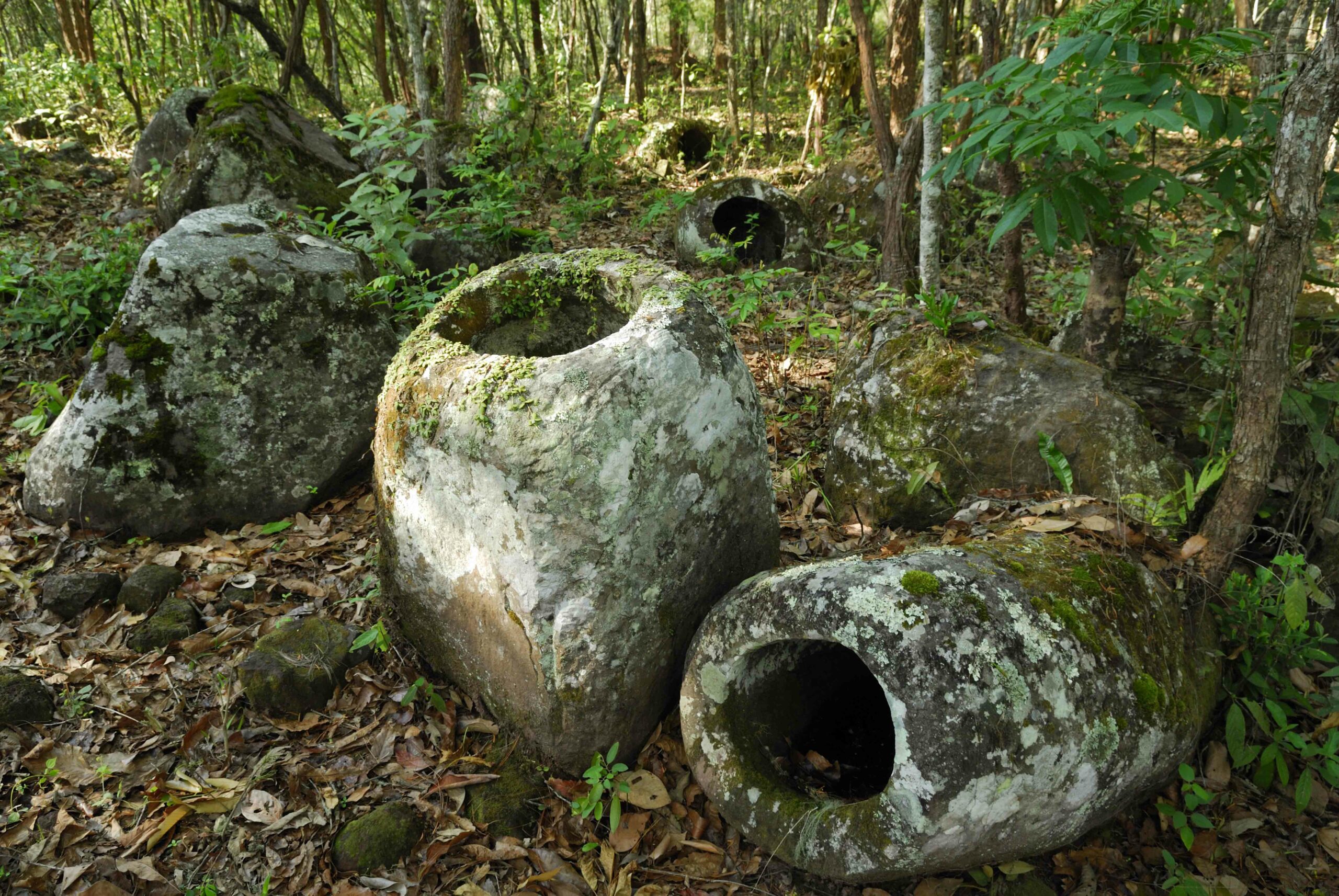
ST. LOUIS, MISSOURI—Live Science reports that two partial skulls dated to more than 100,000 years ago appear to share traits of modern humans, archaic humans, and Neanderthals. The bones, discovered at the Lingjing site in Xuchang, central China, exhibit a large brain size, lightly built cranial vaults, and modest brow ridges, similar to late archaic and early modern humans found across the Old World. But the braincase is low and broad, resembling that of earlier hominins from eastern Eurasia, and the inner ear bones and the rear of the skulls resemble those of western Eurasian Neanderthals. Erik Trinkaus of Washington University in St. Louis, and Xiu-Jie Wu of the Chinese Academy of Sciences, say that the fossils suggest that these groups were not separate lineages. “We’re seeing a general interconnectedness of all these populations across the Old World,” Trinkaus said. Traits that are usually associated with fossils from one region or another may occur have occurred there in greater frequency, he explained. The scientists are hoping to find a complete skull “so we can tell what they looked like,” Wu said. For more, go to “Homo erectus Stands Alone.”











